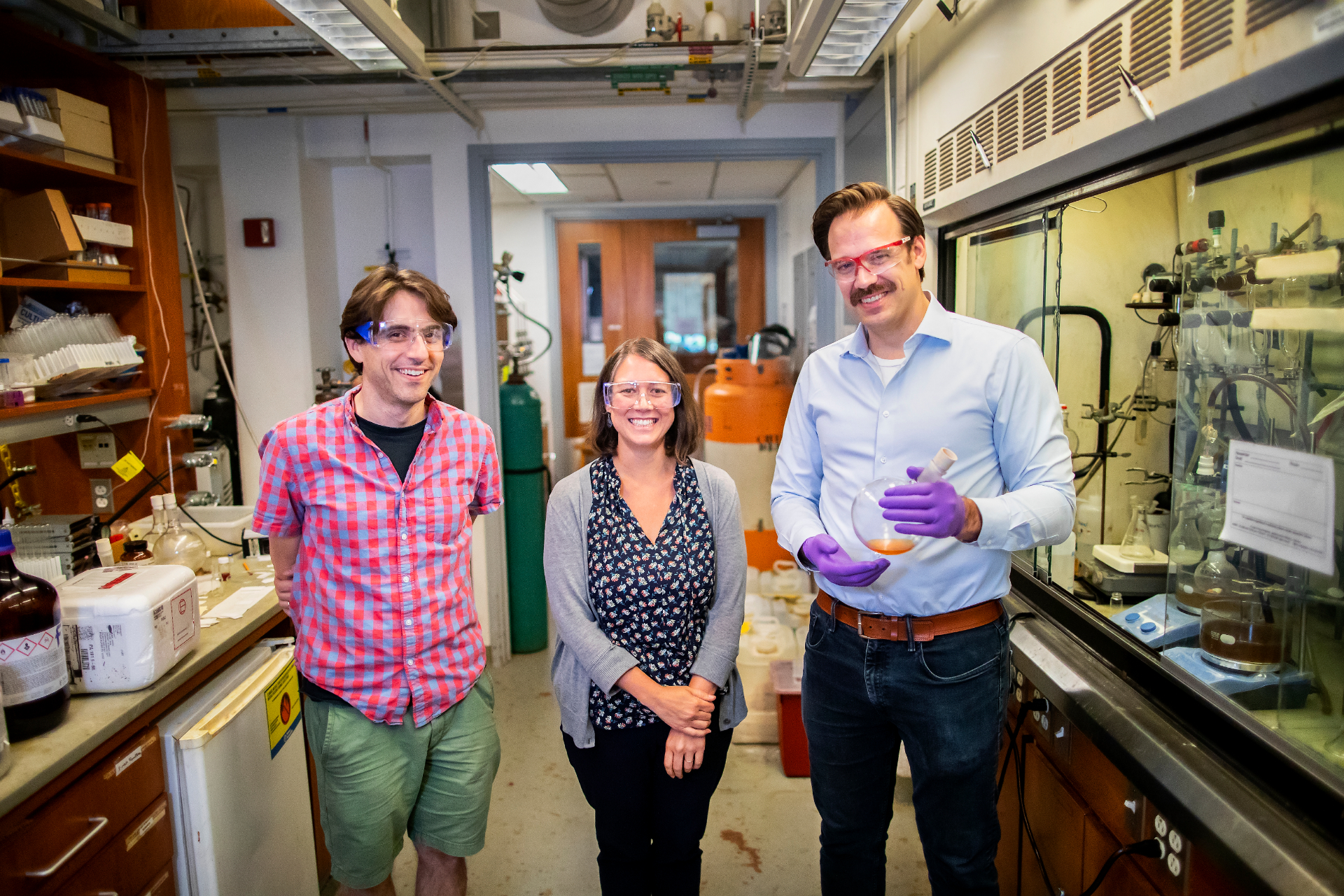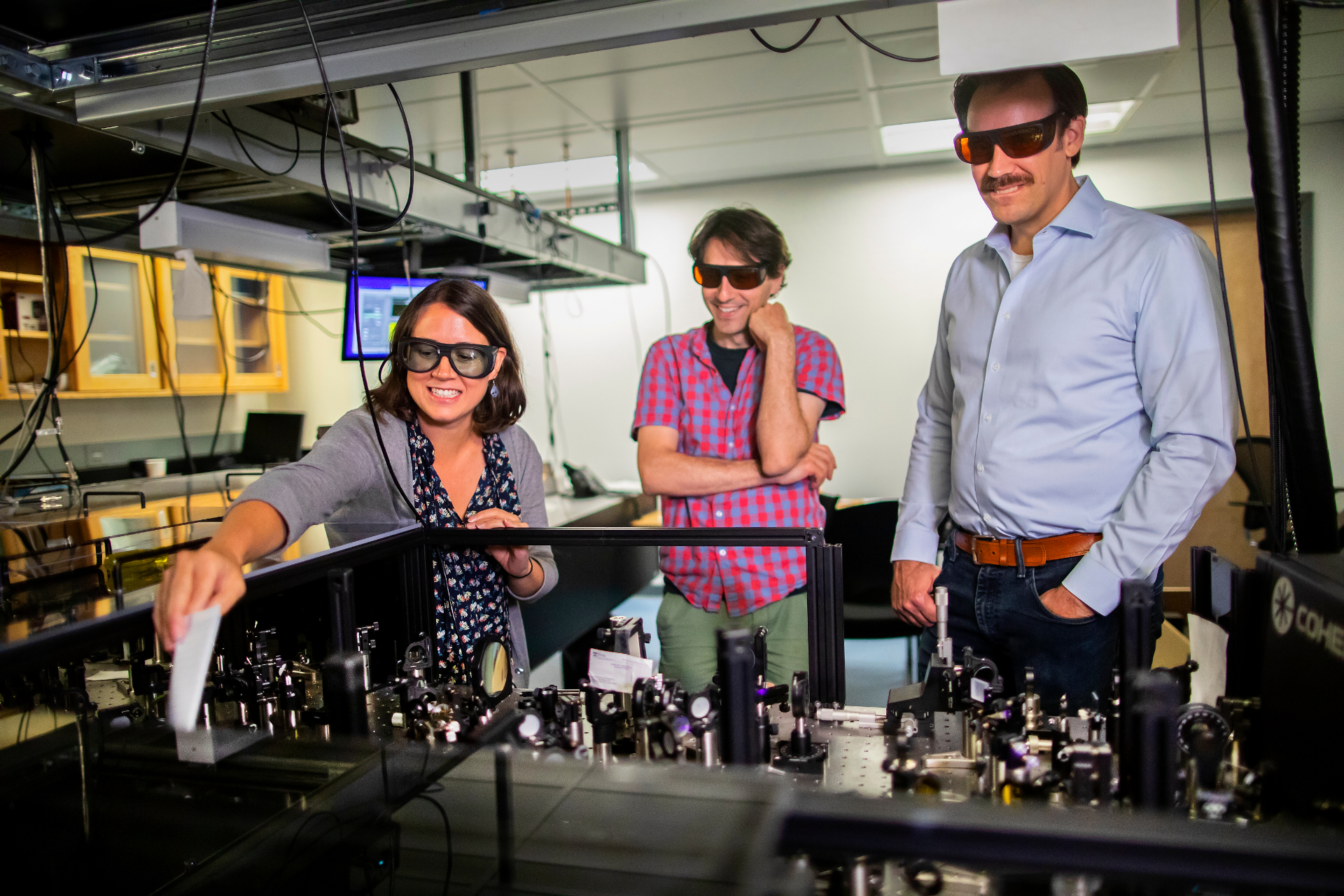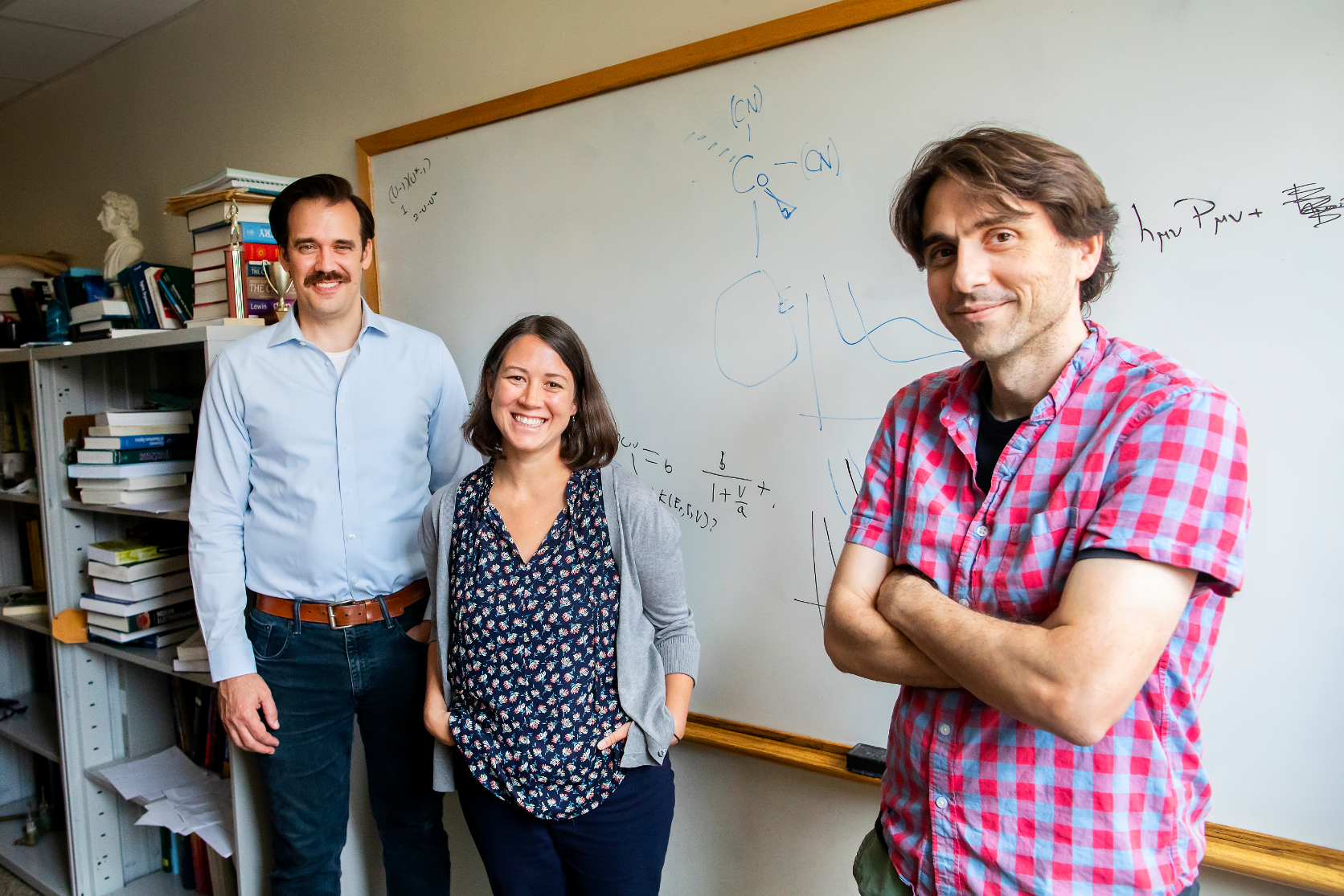
The National Science Foundation has awarded a $1.8M grant to establish the Center for Sustainable Separations of Metals (CSSM), which will be led by chemists from Penn. With support from NSF’s Centers for Chemical Innovation Program, the Center, one of three funded this year, will focus on scientific challenges related to metals recycling and sustainability.
Directed by Eric Schelter, the Center will serve as a meeting point for transformative and innovative research on the fundamental chemistry that can improve the recovery of metals from post-consumer products. This work aims to reduce energy consumption, pollution, and greenhouse gases while providing alternative approaches to unsustainable and unethical metal supply chains. The Center will also be involved with community education and science outreach.
Schelter has been working on rare earth metals separation for several years. He says that, while it’s currently cheaper to mine many metals that are required for consumer electronics, such as gold, platinum, and palladium, instead of recycling them, increased tensions around global trade relations, as well as the ethical and political impacts of mining activities, have brought this area of research to the forefront.
“But there’s an absence of fundamental science needed to transform these supply chains,” Schelter says about the challenges facing the field. “We developed this application to look at what we need to do to fundamentally transform metal supply chains and make recycling a viable, more economic option.”
Along with a new collaboration between Jessica Anna and Joseph Subotnik, who will also be involved with the Center, the three Penn chemists have devised a strategy for separating metals based on the rates of chemical reactions, or how quickly products are formed. Current separation strategies for metals primarily rely on thermodynamic approaches, which involve separating metals from a mixture after a chemical reaction is completed.
Through the CSSM, Anna, Schelter, and Subotnik will develop a scientific strategy and will collect detailed measurements on the chemical reactions to see how they can incorporate kinetics into separation strategies to make recycling more economical.
Other CSSM collaborators include Suzanne Bart at Purdue University, who will be working on chemical separations using electron transfer methods; George Schatz and Nobel laureate J. Fraser Stoddart at Northwestern University, who has developed gold extraction methods that don’t rely on toxic chemicals; Jonathan Sessler at the University of Texas at Austin, who created resins that selectively take up lithium from mixtures; and Jenifer Shafer at the Colorado School of Mines, who works on materials with “molecular recognition” that have high affinity for specific rare earth metals.
“It’s really exciting to see people from different backgrounds and career stages across the Center coming together and working on this problem that will have significant impact. That’s really the goal: Thinking together and working together to address challenging and emerging problems,” says Schelter.
As the leading institution of the CSSM, Penn will also provide students with additional specialized training through the Sustainability Ambassadors program. Graduate and undergraduate researchers involved with the Center will come to Penn to learn about sustainability, science communication, and outreach. The program, conducted in partnership with Penn’s Kleinman Center for Energy Policy and the Science History Institute, will provide students with the skills they need to engage with their communities about sustainability through outreach and educational activities.
“It’s going to be interesting to work with people from other universities and to interact with graduate students during the summer,” says Anna. “I’m excited for the new possibility to collaborate.”
“I’m really excited to work with two great experimentalists here at Penn, and to see if we can make progress on real-world (inorganic) chemistry problems using fundamental but esoteric theories advanced in the theoretical (physical) chemistry community. It will be a lot of fun and I hope illuminating,” says Subotnik.
Schelter is excited about the potential that this Center has in fostering a forward-thinking approach in scientific research. “Society is looking to science for solutions to real-world problems. Through efforts in the center we expect to improve upon, or even replace, the harmful ways we get materials out of the ground and bring them to market. The ultimate goal is to recycle existing materials to create circular supply chains.”
This approach can also help address key ethical and political issues connected to the extraction of certain materials. From the toxic waste generated by gold mining to the political turmoil linked with cobalt extraction, having more sustainable chemistries and cyclical supply chains for the metals that are crucial for modern-day technologies could help provide relief to communities around the world.
“We’re always looking through this prism of how can we do this better, faster, and cheaper than the chemistry that currently exists,” says Schelter. “It’s not only about the fundamental science in the Center but how that fundamental science will impact these critical questions.”
Jessica M. Anna is an assistant professor of chemistry and Elliman Faculty Fellow in the Department of Chemistry in the School of Arts and Sciences at the University of Pennsylvania.
Eric Schelter is a professor in the Department of Chemistry in the School of Arts and Sciences at the University of Pennsylvania.
Joseph Subotnik is the Edmund J. and Louise W. Kahn Endowed Term Professor of Chemistry in the Department of Chemistry in the School of Arts and Sciences at the University of Pennsylvania.









